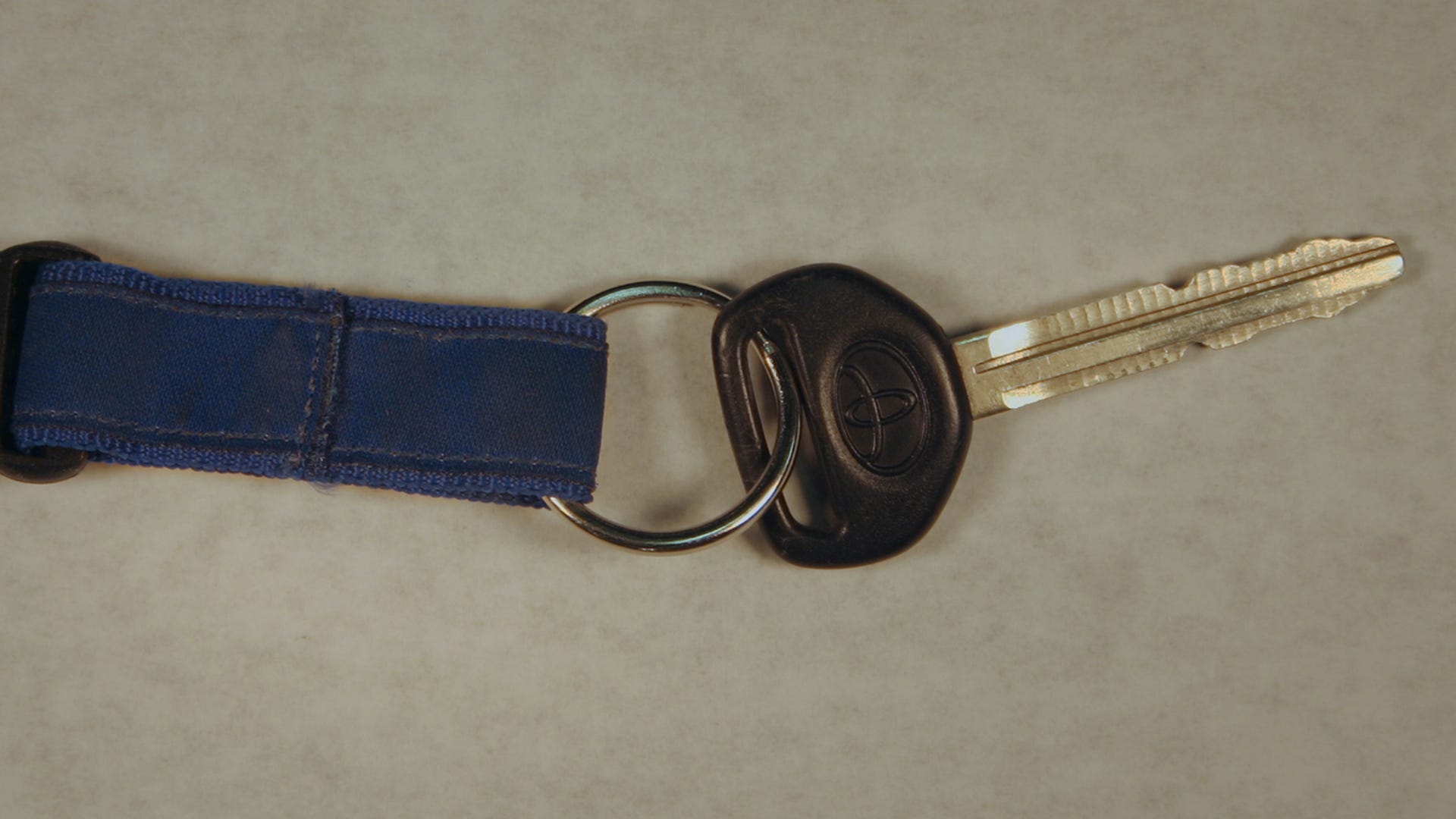Join or Sign In
Sign in to customize your TV listings
By joining TV Guide, you agree to our Terms of Use and acknowledge the data practices in our Privacy Policy.
11 Things to Remember From Making a Murderer Season 1
Let's run through the evidence
Netflix's Making a Murderer turned the world from normal people slightly obsessed with true crime to a social media army of civilian DNA experts who totally understand appellate jurisdiction way better than you. And that was just in the first weekend of binge-watching!
Sadly, true-crime docuseries aren't like scripted dramas that can pop out new episodes every few months, and it's been nearly three years since we first saw Steven Avery's saga on Netflix. While most fans probably remember the broad strokes of the case (that key was totally planted!), there are so many details and so much evidence that it's hard to keep track of it all.
To help you out before you start binging Making a Murderer Part 2, here's a complete list of facts and evidence you need to remember from Season 1.
Making a Murderer FINALLY Gets a Part 2 Premiere Date

Making a Murderer
Netflix
6) The bones. Female teeth and bone fragments were found in a fire pit on Avery's property. Experts found evidence of skull fragments from a bullet wound. Similar bone fragments were found in a second location at the quarry almost a mile away, indicating that some bone fragments may have been moved. The defense used this as evidence that Teresa Halbach's body was burned in a secondary location and the remains were planted on Steven Avery's property.
7) The bullet. A bullet was found in Avery's garage with Teresa Halbach's DNA on it four months after he was arrested. Those DNA results were technically considered inconclusive because the analyst contaminated the sample with her own DNA. That same analyst had written a note describing a call she had with lead investigator Tom Fassbender (the same guy who allegedly coerced Dassey's confession) where she was instructed to "put her in his garage" with her findings. Lieut. Lenk was once again present when the bullet was found.
8) The voicemails. Teresa Halbach's family said her voicemail was full when she went missing, but experts say the amount of voicemails found on her phone would not use up enough capacity to fill it. Her brother claimed to listen to her voicemails but not delete any, and her ex-boyfriend and roommate also had access to her cell phone account via an internet login.
9) The dispatch call. Sgt. Andrew Colborn called in the plates of Teresa Halbach's missing RAV4 to a dispatch operator before it was found on Avery's property, even offering up the year and make of the vehicle on the recorded call. He gave no reason for why he called in the plates on the recording, and during questioning could not remember why or when he'd made the call.
10) The missing DNA. Except for the single bullet found in his garage, Teresa Halbach's DNA was not found anywhere on Avery's property. Avery's lawyers took great issue with this fact given the confession from Brendan Dassey that she was tied to his bed and sexually assaulted, her throat slit, and shot in the head all on Avery's property, which would have left an incredible amount of DNA behind.
11) The blood. The defense claimed that Avery's blood in Teresa Halbach's car was planted and they used a vial of Steven Avery's blood from his 1985 case file to support that theory. When Avery's lawyers looked into the condition of that sample, they found the red tape that sealed the box housing the still liquid blood had been cut and replaced with scotch tape and a small hole had been made in top of the tube's cap. They used this evidence to speculate that an officer had used a syringe to extract Avery's blood and plant it in the RAV4.
Making a Murderer returns for Part 2 Friday, Oct. 19 on Netflix.

Making a Murderer Part 2
Netflix